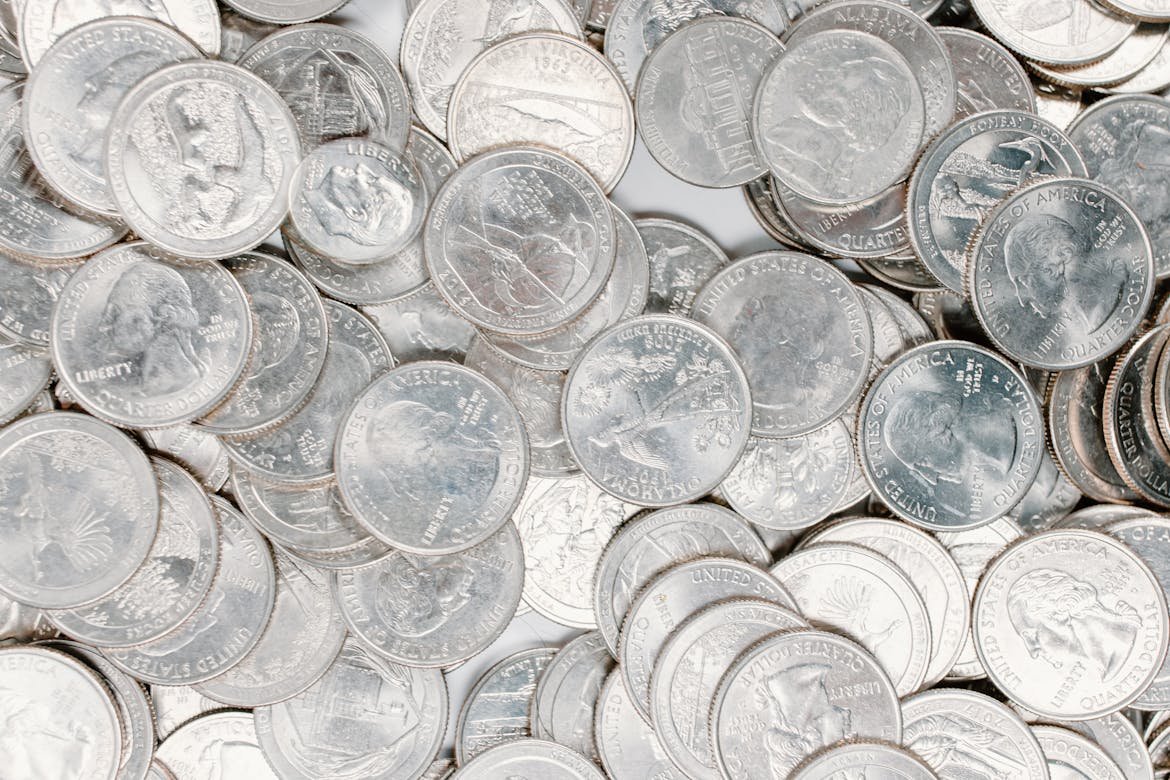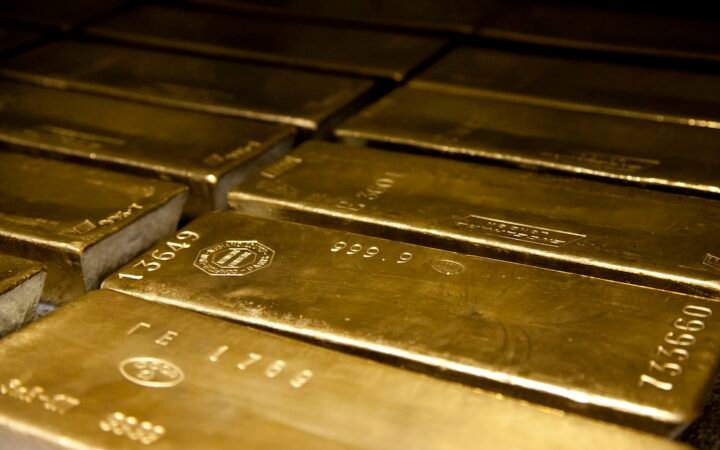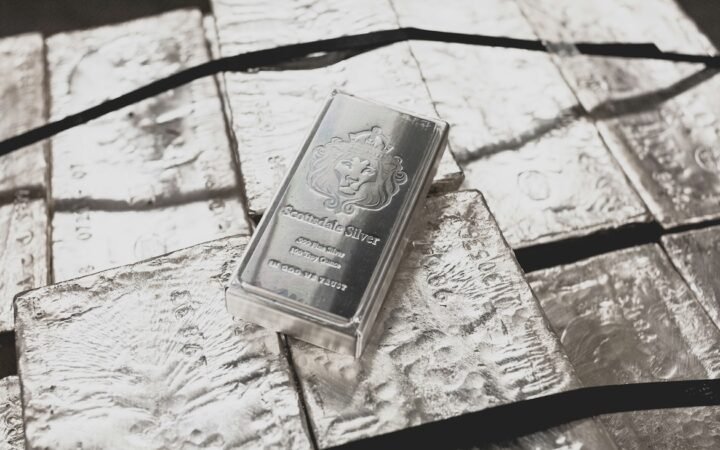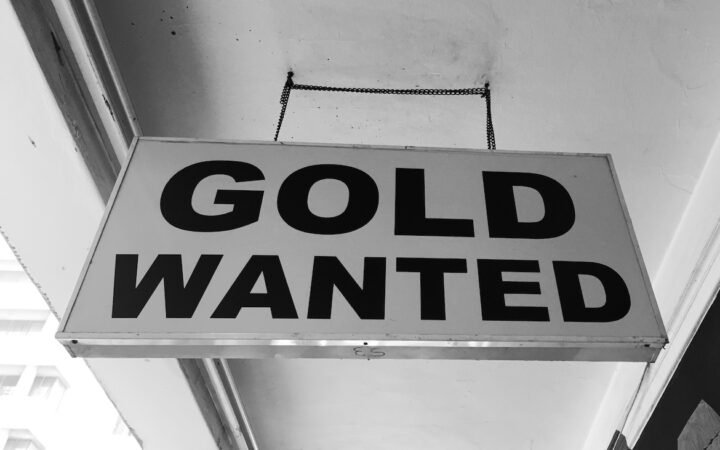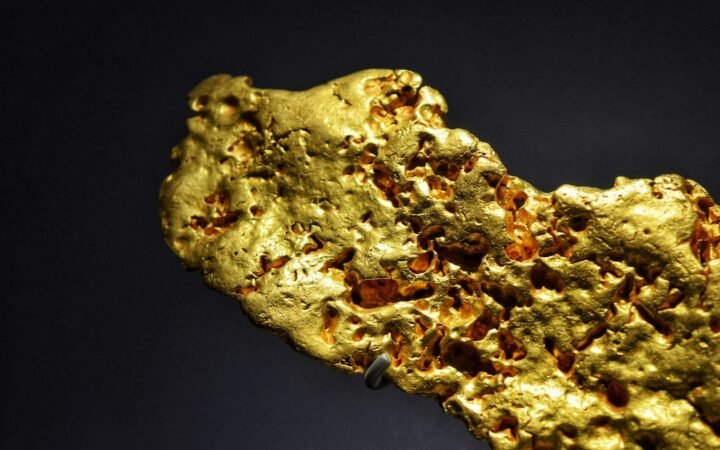
Spot silver prices climbed steadily on Wednesday, pushing past $49 per ounce – a threshold not crossed since April 2011. The move underscores growing momentum in the precious metals sector and renewed investor interest in silver as a store of value.
The rally comes amid shifting sentiment toward safe havens, as economic uncertainty and inflation worries drive capital toward non-correlated assets.
What’s Driving the Move
Several factors are converging to bolster silver’s appeal. Inflation pressures and rising interest in hedging strategies are pushing investors toward precious metals. Amid volatile equity and bond markets, silver’s dual role as both an industrial input and a monetary asset makes it particularly attractive in uncertain times.
Physical demand, especially from industrial users and jewelry markets, remains firm. Silver also benefits when other metals rally or when supply constraints tighten — factors that amplify upside during periods of strong demand.
Additionally, silver’s relative affordability compared to gold gives it extra appeal when investors look for metal exposure with a lower entry point. That affordability often translates into higher volatility and sharper moves during periods of strong sentiment.
Implications for Markets, Investors, and Risks
The break above $49 could attract more momentum traders and technical buyers, amplifying upward pressure if the trend sustains. For portfolios, silver’s resurgence may encourage rebalancing toward metals or broader commodity exposure.
However, risks remain. Silver is inherently more volatile than gold; price corrections or profit-taking can be swift. Industrial demand is also sensitive to global growth trends — if manufacturing slows, silver’s industrial floor could weaken.
Monetary policy will be a key variable. Rising real interest rates often dampen the appeal of non-yielding assets like silver. If central banks tighten aggressively, the rally may run into resistance.
Moreover, supply disruptions or changes in mining output can amplify price swings. Silver’s relatively smaller market size compared to other commodities means it tends to overreact to shifts in sentiment or demand.
As previously covered, the resurgence of precious metals typically reflects broader macro stress and hedging demand. This move above $49/oz marks a turning point: if it sticks, silver could reaffirm its place in diversified portfolios as both an industrial metal and safe haven.
